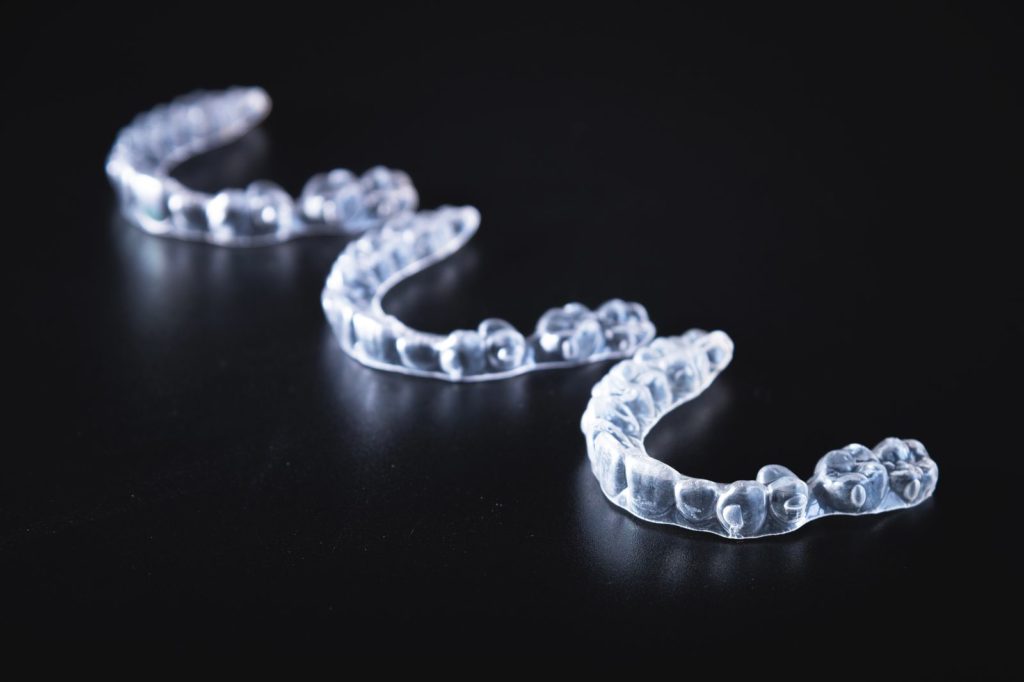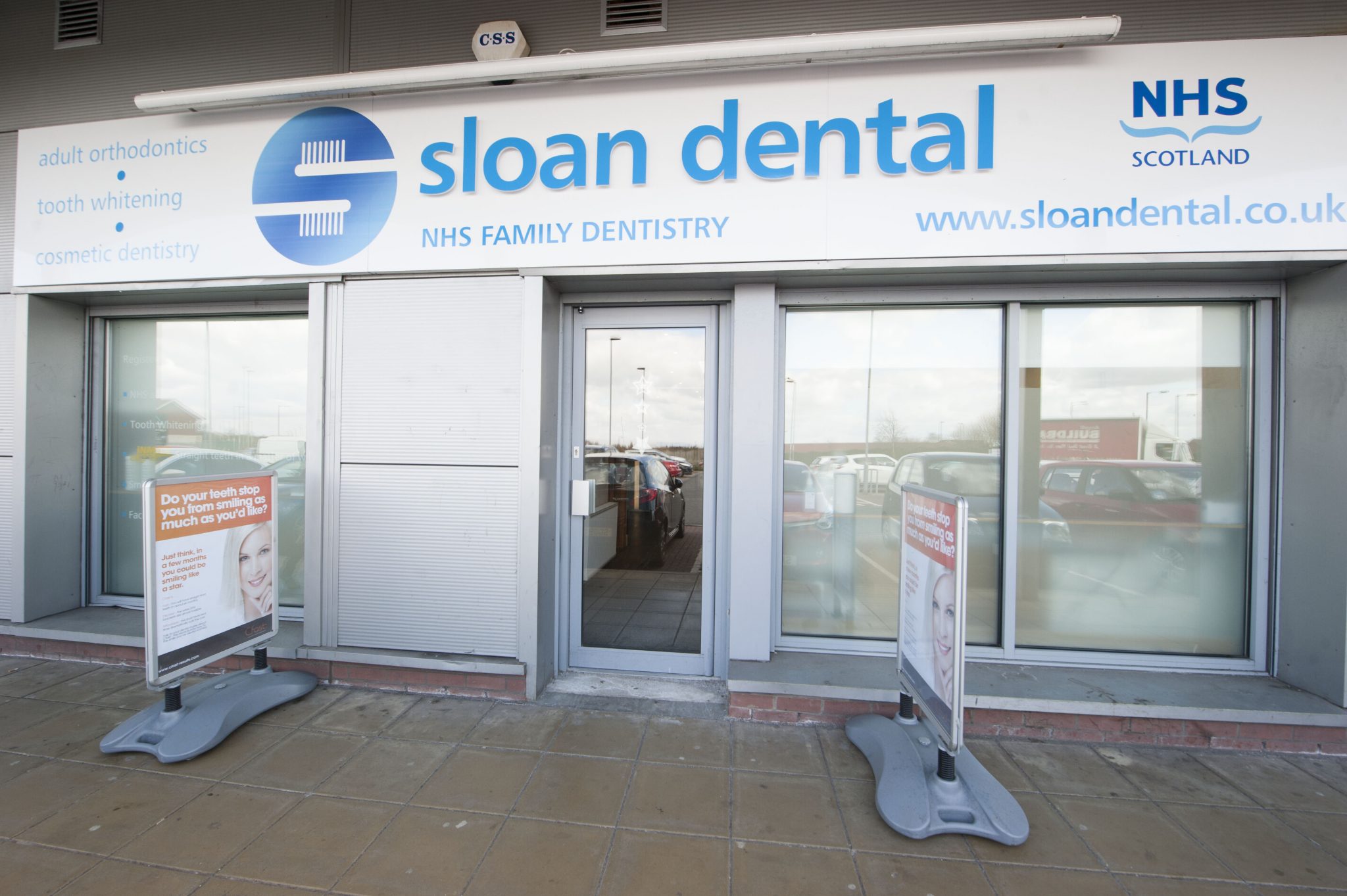Closing a diastema with composite bonding in Glasgow
Let’s show you how composite bonding is helping to change the game for people with diastema. If the gaps between your teeth are keeping you from your brightest smile, then you’re not alone.
Many people experience self-consciousness due to diastema, which is the technical term for spaces between teeth.
But dental bonding could be a simple, effective way to bridge those gaps, hence boosting your confidence and enhancing your smile.
At Sloan Dental, we have helped many people in Glasgow achieve a radiant, gap-free smile with this treatment. Let’s show you how it can help you too!
What Causes Gaps Between Teeth?
What exactly leads to those noticeable gaps between teeth? This condition, known as diastema, typically arises due to a mismatch between the size of the teeth and the jawbone, or when teeth are too small or too far apart.
While genetics often play a key role, habits like thumb-sucking or an oversized labial frenum (the tissue that connects your upper lip to your gums) can also contribute to the formation of these spaces.
Understanding the root cause is usually the first step towards choosing the right treatment, and composite bonding has now become a popular and effective option for closing these gaps.
Closing Gaps Between Teeth with Composite Bonding
At Sloan Dental, we understand how important a confident smile is to you. That’s where composite bonding comes into play, offering a minimally invasive and effective solution for closing those unwanted gaps.
The process involves applying a tooth-coloured resin to the edges of your teeth, meticulously sculpting and shaping it to close the spaces. This resin is then hardened with a special light, creating a durable bond that blends seamlessly with your natural teeth.
Not only is the procedure quick, typically completed in just one visit, but it also requires no removal of the tooth’s structure, preserving your dental health while enhancing your smile.
At Sloan, our experienced team is dedicated to providing personalised care that ensures that the result is not just aesthetically pleasing but also aligns with your overall dental health and function.
Whether it’s a single gap or multiple spaces you’re looking to address, we’re here to guide you through each step, ensuring a comfortable experience and a result you’ll be eager to show off.

What You Need to Know Before Booking Your Procedure
Before you embark on the journey to a gap-free smile with teeth bonding at Sloan Dental, there are a few key things to consider:
-
Ask for a Preview
It’s natural to wonder how your smile will look post-treatment. At Sloan Dental, we offer a preview of the expected results using digital imaging or a mock-up.
This step ensures that you have a clear understanding and are comfortable with the potential outcome before the actual procedure begins.
-
Whiten Before Bonding
If you’re considering whitening your teeth, it’s best to do this before the bonding process. Composite resin doesn’t respond to whitening treatments the same way natural teeth do. By whitening beforehand, we can match the bonding material to your brightest smile, ensuring a uniform and natural look.
-
Bonded Teeth Can Be Stained
While dental bonding transforms your smile, it’s crucial to remember that the resin material can pick up stains over time, just like your normal teeth.
To maintain the brightness of your bonded teeth, you will need to strictly adhere to good oral hygiene practices and be mindful of consuming stain-inducing beverages like coffee or red wine.
How to Care for Your Bonding
Maintaining your new smile after dental bonding is straightforward but essential for ensuring the longevity and appearance of your treated teeth. Let’s quickly see some key tips you can employ to adequately care for your bonding.
Practice Good Oral Hygiene: Just like your normal teeth, bonded teeth require regular brushing and flossing. Use a soft-bristled toothbrush and non-abrasive toothpaste to keep your teeth clean and avoid damaging the material Used for the bonding.
-
Avoid Stain-Inducing Substances
While composite resin is durable, it is more susceptible to staining than natural enamel. To prevent discolouration, be mindful of consuming foods and drinks that are known to cause stains, such as coffee, tea, red wine, and certain fruits like berries.
-
Don’t Use Your Teeth as Tools
Bonding material, while strong, isn’t as tough as your normal teeth. Avoid habits that can put undue pressure on your teeth, like biting nails, chewing on pens, or using your teeth to open packaging.
-
Wear a Mouthguard If Necessary
If you grind your teeth at night or engage in sports, consider using a mouthguard to protect your bonded teeth from excessive force or trauma. You can schedule a free consultation with our dentist to help you decide which mouthguard is best for you.
-
Regular Dental Check-Ups
Routine examinations to our clinic will allow us to monitor your bonded teeth and address any issues early. Professional cleanings can also help maintain the aesthetics and health of your bonding.
Other Treatment Options for Diastema
While composite bonding is a popular choice for diastema closure, it’s not the only option available. Depending on your individual needs and the specifics of your case, you might consider other dental treatments, such as:
#1: Veneers
Dental veneers are thin shells of porcelain or composite resin that are bonded to the front surfaces of the teeth. Veneers offer a more permanent solution than bonding and can dramatically transform your smile, addressing not just gaps but also issues with tooth colour, shape, and alignment.
#2: Braces
Traditional braces are a highly effective way to correct diastema, especially when it’s caused by misalignment or bite issues. By gradually moving the teeth into the correct positions, braces can close gaps and improve your overall dental health.

#3: Invisalign
If you’re looking for a less visible option than braces, Invisalign offers clear, removable aligners that gently shift your teeth over time. This cosmetic treatment is popular among adults and teens who prefer a more discreet solution.
#4: Dental Implants
In cases where the gap is due to a missing tooth, dental implants provide a durable and functional replacement. An implant consists of a titanium post that’s surgically inserted into the jawbone, topped with a crown that blends seamlessly with your natural teeth.
Each of these options has its own set of benefits and considerations. During your consultation at Sloan Dental, we’ll discuss your specific needs and preferences to determine the best approach for closing the gaps in your smile and enhancing your overall dental health.
Getting Affordable Diastema Treatment in Glasgow
Ready to bridge the gaps in your smile? Sloan Dental offers effective, affordable solutions for diastema right here in Glasgow.
Embrace the confidence that comes with a flawless smile. Our team is dedicated to providing personalised care that aligns with your unique dental needs.
Don’t let gaps keep you from shining. Contact us today for a free consultation, and start your journey to a captivating smile. Your journey to a gap-free, radiant smile is just a call away!
FAQs
What is diastema?
It simply refers to a gap or space between two teeth, commonly seen between the upper front teeth. But it can occur anywhere in the mouth and vary in size.
Who does diastema affect?
This can affect anyone, regardless of age or gender. While often observed in children, where it usually closes with the eruption of adult teeth, adults can have it too, stemming from genetic factors, oral habits, or the size of teeth relative to the jawbone.
Is a gap between teeth normal?
Yes, gaps between teeth are a normal variation in tooth spacing. While some cultures consider it a beauty mark, others opt for treatment to close the gaps. It’s important to determine if the gap is due to underlying dental issues.
How does it affect my health?
A diastema itself typically doesn’t impact dental health unless it’s a symptom of an underlying issue, like gum disease.
However, large gaps can affect bite alignment and food trapping, leading to potential oral health concerns. When you choose to address it, it can improve both the function and appearance of your teeth.



